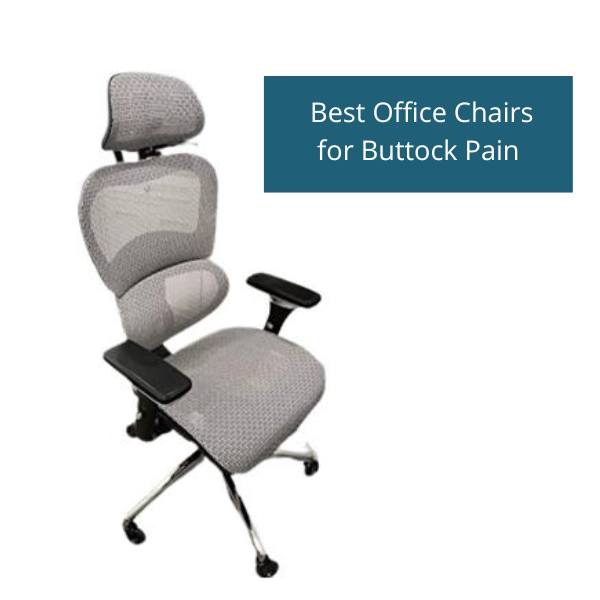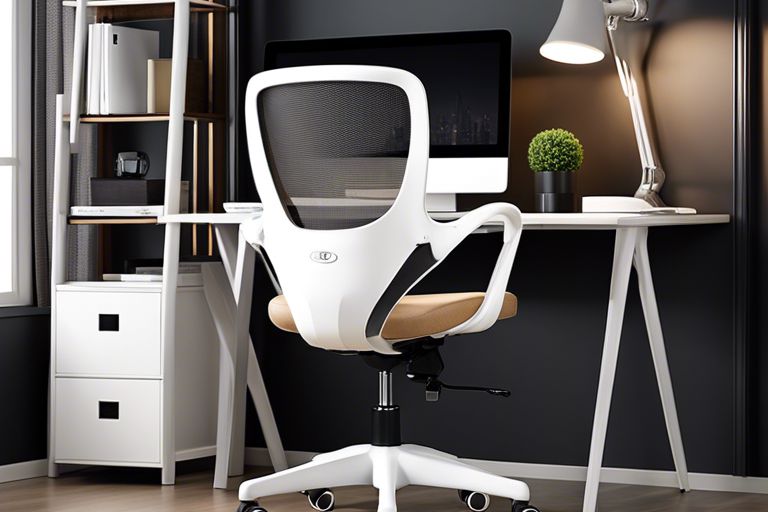Have you ever experienced the consequences of sitting for extended periods of time? You may be aware of the serious health risks associated with prolonged sitting, such as an increased risk of heart disease, diabetes, and obesity. In recent years, the standing desk chair has gained popularity as a potential solution to combat these negative effects. By allowing you to alternate between sitting and standing while working, a standing desk chair can promote movement and reduce the amount of time you spend sitting. This can have positive effects on your health, such as improved posture, increased calorie burn, and reduced risk of chronic diseases. In this blog post, we will explore the potential benefits of using a standing desk chair and how it could help you counteract the negative effects of prolonged sitting.
The Negative Effects of Prolonged Sitting
The sedentary lifestyle that comes with prolonged sitting has been linked to a variety of negative health effects. Regardless of how much you exercise, sitting for extended periods of time can still be harmful to your health. In this chapter, we will delve into the physical and mental health implications that come with sitting for too long and how a standing desk chair could help combat these effects.
Physical Health Implications
When you spend a significant amount of time sitting, you are putting yourself at risk for a range of physical health issues. Prolonged sitting has been linked to an increased risk of obesity, type 2 diabetes, heart disease, and even certain types of cancer. The lack of movement and muscle activity can also lead to muscle stiffness and joint pain. Additionally, sitting for long periods can negatively impact your posture and lead to back and neck problems. It’s important to note that these health risks are not completely mitigated by regular exercise, highlighting the severity of the issue.
Mental Health Implications
In addition to the physical health implications, prolonged sitting can also have negative effects on your mental well-being. Research has shown that sitting for extended periods is associated with an increased risk of anxiety and depression. Furthermore, a sedentary lifestyle can lead to decreased cognitive function and impaired memory. The lack of physical activity and the associated negative impact on mental health is a serious concern that should not be overlooked.
Overall, the negative effects of prolonged sitting on both physical and mental health are clear. It’s crucial to address these implications and consider alternative solutions, such as using a standing desk chair, to combat the detrimental effects of prolonged sitting. It’s important to recognize the significant impact that prolonged sitting can have on your overall health and well-being.
Introducing the Standing Desk Chair
One solution to combat the negative effects of prolonged sitting is the use of a standing desk chair. This innovative piece of ergonomic furniture allows you to transition easily between sitting and standing while you work. It provides the flexibility to adjust your position throughout the day, promoting better posture and reducing the risks associated with being sedentary for long periods of time. You can learn more about the benefits of ergonomic design in our blog post Simple Steps to Combat the Heath Risks of Prolonged Sitting.
Benefits of using a standing desk chair
Using a standing desk chair can greatly benefit your overall well-being. It encourages you to switch between sitting and standing positions, which helps reduce the negative effects of prolonged sitting on your body. This can lead to improved posture, increased energy levels, and decreased risk of developing health issues such as obesity, cardiovascular disease, and musculoskeletal disorders. The flexibility and freedom of movement a standing desk chair offers can significantly improve your productivity and focus throughout the day.
Potential drawbacks of using a standing desk chair
While standing desk chairs offer numerous benefits, it’s important to be aware of potential drawbacks. When transitioning from sitting to standing, you may experience muscle fatigue or discomfort as your body adjusts to the new position. It’s important to start gradually and listen to your body to avoid overexertion. Additionally, it’s essential to maintain proper posture and avoid standing for extended periods without taking breaks. As with any ergonomic solution, finding the right balance and adjusting your setup to fit your individual needs is crucial to reaping the full benefits of using a standing desk chair.
Tips for Using a Standing Desk Chair Effectively
Obviously, incorporating a standing desk chair into your work routine requires some adjustment and proper usage to reap the benefits. Here are some tips to help you use your standing desk chair effectively:
- Ensure that your standing desk chair is adjusted to the correct height to encourage proper posture.
- Alternate between sitting and standing positions every 30-60 minutes to prevent muscle fatigue and improve circulation.
- Use an anti-fatigue mat to support your feet and reduce the strain on your lower body.
- Engage your core muscles and avoid leaning on the chair for extended periods of time.
- Take breaks to stretch and walk around to reduce the negative effects of prolonged sitting.
The effectiveness of your standing desk chair ultimately depends on your commitment to using it properly and consistently.
Proper posture and ergonomics
When using a standing desk chair, it’s important to maintain proper posture and ergonomics to prevent strain and discomfort. Ensure that your chair is adjusted to the correct height so that your elbows are at a 90-degree angle when typing, and your screen is at eye level. Keep your feet flat on the ground and engage your core muscles to support your lower back. Maintaining good posture will help prevent muscle imbalances and reduce the risk of developing chronic pain.
Incorporating movement into desk chair use
While a standing desk chair can help combat the negative effects of prolonged sitting, it’s important to remember that stationary standing is not the goal. Incorporating movement into your desk chair use is essential for promoting circulation and reducing muscle stiffness. Take advantage of the ability to easily transition between sitting and standing, and make sure to take regular breaks to stretch, walk around, or even perform light exercises to keep your body active throughout the day.


Conclusion
From above, it is evident that a standing desk chair can indeed help combat the negative effects of prolonged sitting. By allowing you to switch between sitting and standing positions throughout the day, a standing desk chair can reduce the strain on your body, improve your posture, and increase your overall energy and productivity levels. It also encourages you to engage in more physical movement and reduces the risk of developing health issues associated with prolonged sedentary behavior. Therefore, incorporating a standing desk chair into your workspace can be a beneficial investment in your overall health and well-being.
FAQ
Q: Can a standing desk chair help combat the negative effects of prolonged sitting?
A: Yes, using a standing desk chair can help combat the negative effects of prolonged sitting. It allows for more movement and flexibility while still providing support for the body. Alternating between sitting and standing throughout the day can improve posture, reduce back pain, and increase overall comfort during long periods of work.
Q: What are the benefits of using a standing desk chair?
A: Using a standing desk chair can lead to improved circulation, reduced risk of weight gain, and increased energy levels. It also promotes better posture, strengthens core muscles, and can even boost productivity and focus. By allowing for a combination of sitting and standing, it helps prevent the negative effects of being sedentary for too long.
Q: How should I properly use a standing desk chair?
A: To properly use a standing desk chair, it’s important to adjust it to the correct height for both sitting and standing positions. It’s recommended to alternate between sitting and standing every 30-60 minutes, and to engage in light stretching or walking during breaks. Additionally, ensure that your posture is upright and your feet are flat on the floor or on a footrest to maintain proper alignment while sitting or standing.
- How to choose the right office chair for your body type? - December 19, 2023
- What are the best ergonomic features to look for in an office chair? - December 18, 2023
- Is sitting on an exercise ball an effective alternative to a traditional office chair? - December 15, 2023






